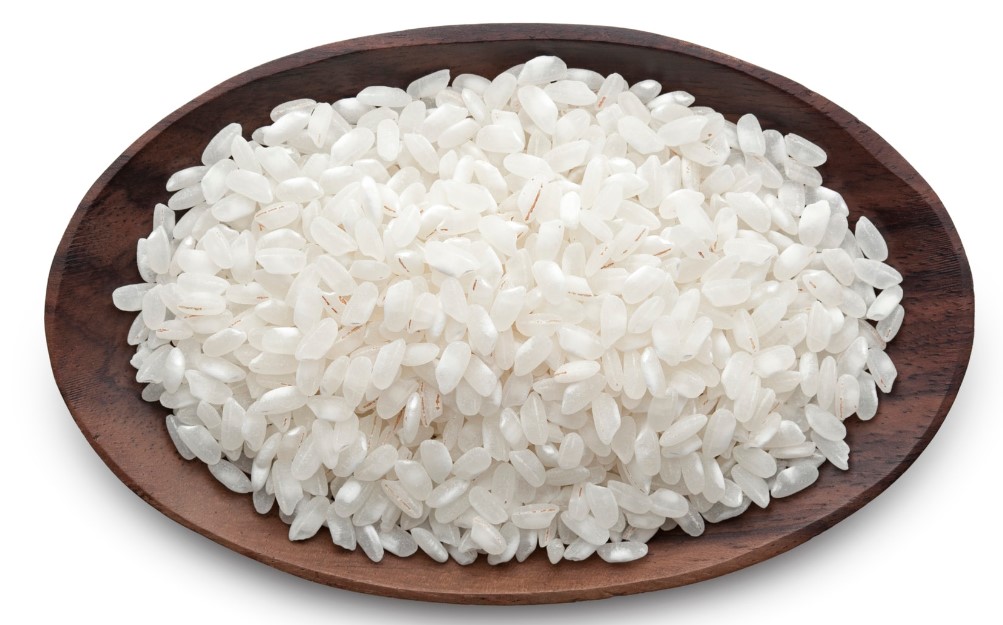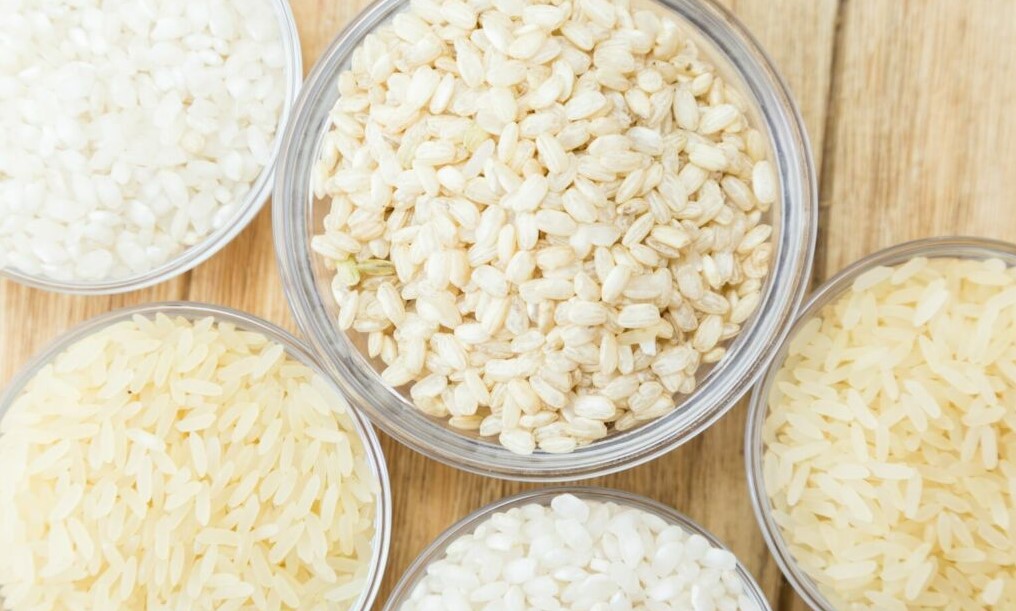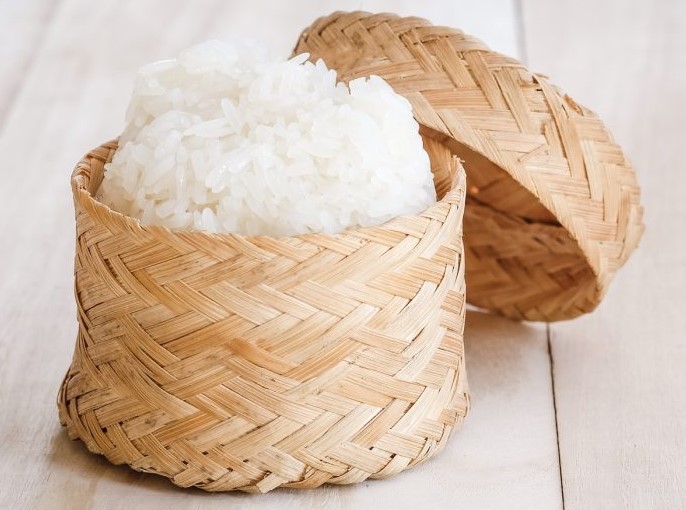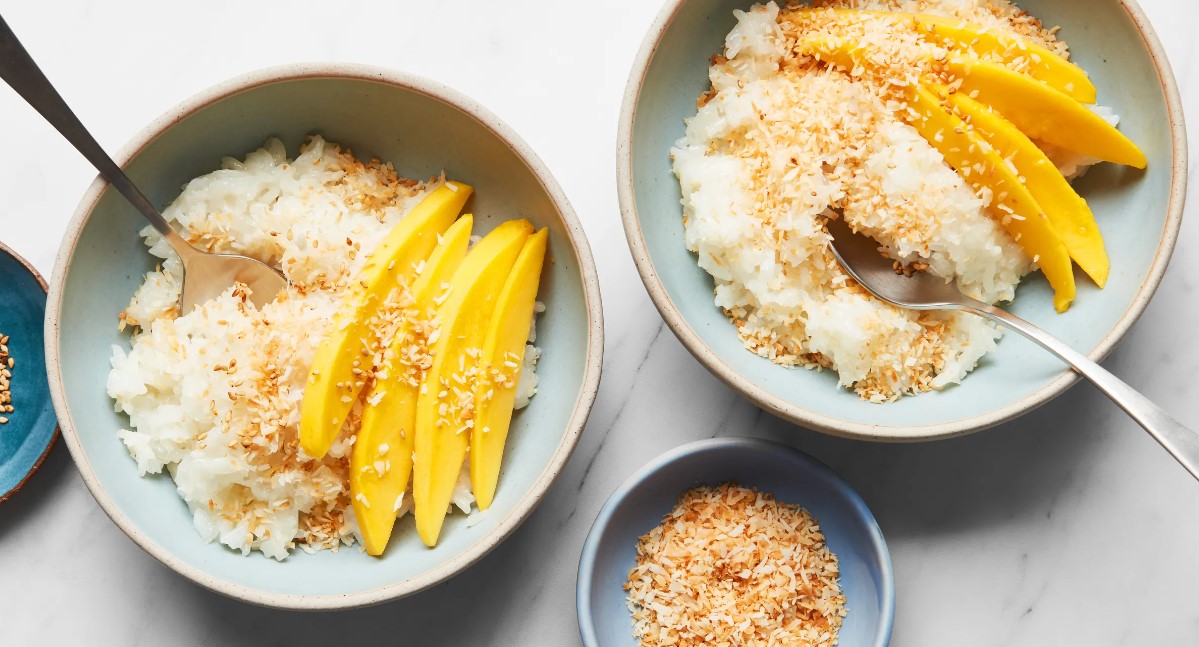Is Sticky Rice Good for Weight Loss?
When discussing weight loss, many people are curious about the role of different foods, including staples like rice. Sticky rice, a popular grain in many Asian cuisines, has a unique texture and flavor that often raises questions about its impact on weight. But, is sticky rice good for weight loss? Let’s explore the potential benefits of sticky rice for weight loss, its nutritional value, and drawbacks, and provide insights into incorporating it into your weight loss journey.

What Is Sticky Rice?
Before we examine its weight loss potential, let’s understand what glutinous rice is. Glutinous rice, also known as glutinous rice, is a type of rice that has a high starch content that gives it a sticky, chewy texture when cooked. It is a staple in many Asian dishes, particularly in Southeast Asia.
Nutritional Value of Sticky Rice
Sticky rice, a type of glutinous rice, can be a part of a weight loss plan when consumed in moderation and with consideration of its nutritional content. Sticky rice contains various nutritional components:

- Calorie Content: Sticky rice is relatively low in calories compared to some other sources of carbohydrates, making it suitable for calorie-conscious diets.
- Low in Fat: It is low in fat, which can be advantageous for those looking to control calorie intake.
- Gluten-Free: Sticky rice is naturally gluten-free, which is beneficial for individuals with gluten sensitivity.
- Satiety: The stickiness of this rice can promote a feeling of fullness, potentially helping to reduce overall calorie consumption.
Sticky Rice vs. Normal Rice
Sticky rice, or glutinous rice, differs from regular rice in several ways:

- Texture: Sticky rice has a glutinous, sticky texture when cooked due to its higher starch content. Regular rice, such as long-grain white rice, is fluffy and separates easily.
- Gluten Content: Sticky rice is gluten-free, while some types of regular rice, such as wheat or barley, may contain gluten.
- Culinary Uses: Sticky rice is often used in dishes that require a stickier consistency, such as in many Asian and Southeast Asian recipes, including sushi and various desserts. Regular rice is used more broadly in different cuisines and dishes.
Sticky Rice Recipe: Sticky Rice with Mango

Ingredients
- 1 cup sticky rice (glutinous rice)
- 1 can of coconut milk
- 3-4 tablespoons sugar (adjust to taste)
- A pinch of salt
- 2 ripe mangoes, sliced
Instructions
- Rinse the sticky rice thoroughly under cold water until the water runs clear.
- Soak the rice in enough water to cover it for 4 hours or overnight.
- Drain the rice and steam it for about 30-40 minutes, or until it’s tender and translucent.
- While the rice is cooking, in a saucepan, gently heat the coconut milk over low heat. Add the sugar and a pinch of salt, and stir until the sugar is dissolved. Don’t allow it to boil.
- Once the rice is cooked, transfer it to a bowl, and pour half of the sweetened coconut milk over the rice. Stir to combine.
- Serve the sticky rice with slices of ripe mango on top, drizzled with the remaining sweetened coconut milk.
This classic Thai dessert showcases the delightful combination of sticky rice, coconut, and sweet mango.
In moderation and as part of a balanced diet, glutinous rice can be part of a weight loss plan. Its low-fat and gluten-free properties make it a suitable choice for many people. However, always keep portion sizes and ingredient choices in mind to meet your weight loss goals.
Potential Benefits of Sticky Rice for Weight Loss

- Satiety: The high carbohydrate content can help you feel full and satisfied, potentially reducing overall food intake.
- Cultural Significance: Sticky rice is a staple in many traditional dishes, allowing you to enjoy cultural cuisine while managing your weight.
- Fiber Content: Although lower in fiber compared to brown rice, sticky rice still contains some fiber that can support digestive health.
- Portion Control: Sticky rice dishes often incorporate vegetables and protein, which can help control portion sizes and balance your meal.
Drawbacks and Dangers of Sticky Rice for Weight Loss

- Caloric Density: Sticky rice is calorie-dense, so large servings can lead to excessive calorie intake.
- Potential Blood Sugar Impact: Due to its high glycemic index, sticky rice may lead to rapid blood sugar spikes, which can affect hunger and cravings.
- White vs. Brown Rice: Sticky rice is typically white rice, which has less fiber and fewer nutrients compared to brown rice.
- Portion Sizes: Overeating sticky rice can contribute to weight gain, so portion control is crucial.
Safer Alternatives to Sticky Rice

- Brown Rice: Opt for brown rice, which is higher in fiber and nutrients and has a lower glycemic index.
- Portion Control: Keep an eye on your serving sizes and balance your meal with lean proteins and vegetables.
- Whole Grains: Explore other whole grains like quinoa or barley, which offer more nutrients and fiber.
Conclusion
Finally, sticky rice can be a part of your weight loss journey, provided you practice portion control and balance it with other nutritious foods. Although it is not as nutritious as brown rice, it can still be enjoyed in moderation while managing your weight.
Resources & References
For more information on weight loss and nutrition, consider exploring these resources:
- Mayo Clinic – Weight loss: 6 strategies for success
- National Institute on Aging – Losing Weight
- Harvard Health Publishing – The Truth About Calories and Weight
Recommended Articles
Recommended Video
#1 RICE Trick…Less Calories, Healthy Sugar Levels
To gain a deeper understanding of how sticky rice fits into your overall health journey, learn the tips and tricks, and watch the following video:
FAQs – Is Sticky Rice Good for Weight Loss
Is sticky rice good for weight loss?
No, sticky rice is not a good food for weight loss. It is high in calories and carbohydrates, and low in fiber and protein. This means that it can cause blood sugar spikes and lead to overeating.
Which rice is best for weight loss?
Brown rice is the best rice for weight loss. It is a whole grain that is high in fiber and protein, and lower in calories and carbohydrates than white rice. This makes it a more satisfying food that can help you feel full and eat less.
Is sticky rice gluten free?
Yes, sticky rice is gluten free. It is made from a different type of rice grain than wheat, barley, and rye, which are the grains that contain gluten.
Is sticky rice healthier than white rice?
No, sticky rice is not healthier than white rice. It has a similar nutritional profile to white rice, but it is higher in calories and carbohydrates.
Can I eat sticky rice on a diet?
Yes, you can eat sticky rice on a diet, but in moderation. It is important to be mindful of your portion sizes and to pair it with other healthy foods, such as vegetables and protein.







